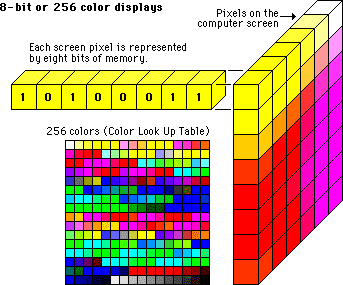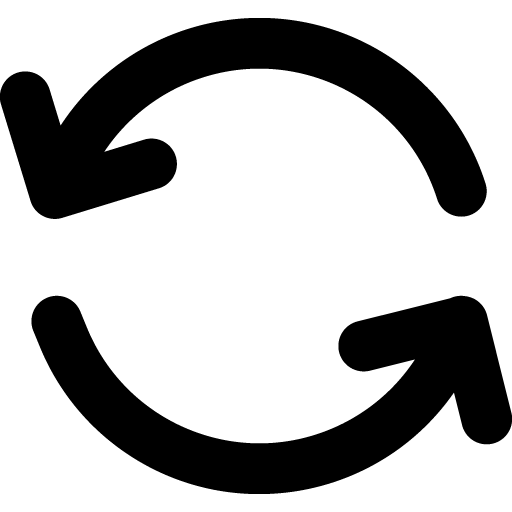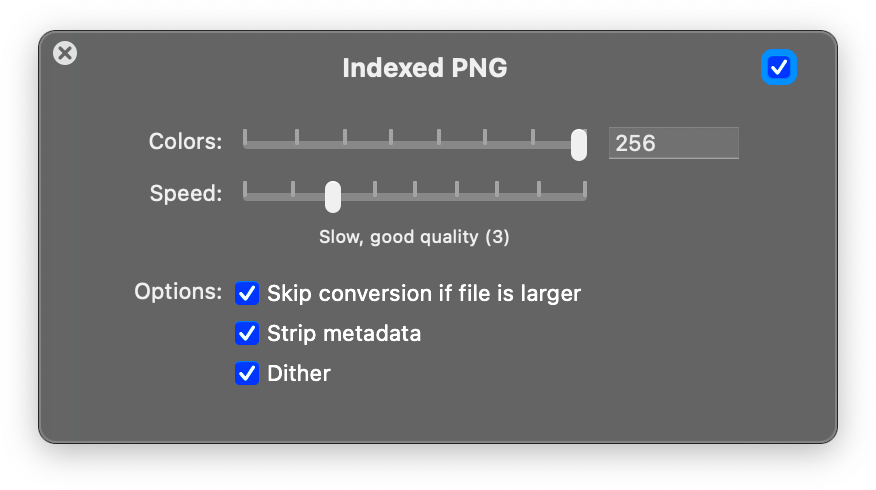Depth images are a unique type of image that capture the distance between the camera and the objects in the scene. Unlike regular images, which only show colors and brightness, depth images provide information about how far each pixel is from the camera. This can create a three-dimensional effect and is especially useful in various fields such as:
- 3D Modeling: Artists and designers use depth images to create realistic models.
- Gaming: Depth images enhance visual experiences in video games, making environments more immersive.
- Virtual Reality: They help in creating more lifelike environments in VR applications.
- Robotics: Robots use depth images for navigation and obstacle detection.
Overall, depth images play a crucial role in technology and art, providing depth perception that enhances visual understanding.
Why You Might Want to Convert Depth Images to PNG

Converting depth images to PNG format can be beneficial for several reasons. PNG, or Portable Network Graphics, is a widely used format that supports lossless compression. Here’s why you might consider this conversion:
- High Quality: PNG maintains high image quality without losing any details, which is essential for depth images.
- Transparency Support: PNG supports transparent backgrounds, allowing for more flexibility in design.
- Widespread Compatibility: Most software and devices support PNG files, making them easy to share and use.
- Easy Editing: PNG images are easier to edit in graphic design software compared to some other formats.
By converting depth images to PNG, you can take full advantage of these benefits for your projects.
Also Read This: Adobe Stock Images Remove Watermark: Online and Offline Methods
Step-by-Step Guide to Reverse a Depth Image

Reversing a depth image to PNG format might seem challenging, but with the right steps, it can be quite straightforward. Here’s how to do it:
- Choose Your Tool: Select a software tool or online service that supports depth image conversions. Some popular options include:
- Adobe Photoshop
- GIMP (GNU Image Manipulation Program)
- Online converters like Convertio
Following these steps will help you effectively reverse your depth image to PNG format with ease.
Also Read This: Labeling Gel Electrophoresis Images Made Simple
Tools Needed for the Conversion Process

To convert depth images to PNG format, you'll need the right tools. Fortunately, there are many options available, ranging from software applications to online services. Here’s a list of some popular tools you can use:
- Adobe Photoshop: This professional software offers advanced editing features and supports various file formats, including depth images. It’s great for detailed work.
- GIMP: GIMP is a free and open-source alternative to Photoshop. It has many powerful features that can help with image conversion and editing.
- Online Conversion Tools: Websites like Convertio or Online-Convert allow you to upload depth images and convert them to PNG without needing to install software.
- ImageMagick: This command-line tool is perfect for those comfortable with coding. It supports batch processing, allowing you to convert multiple files at once.
Each of these tools has its strengths, so the choice depends on your needs and comfort level. Whether you prefer a user-friendly interface or powerful editing capabilities, there’s a tool that will work for you!
Also Read This: Best Shutterstock Downloader Tools: Enhancing Your Image Acquisition Process
Common Issues and Troubleshooting Tips

While converting depth images to PNG format can be straightforward, you might encounter some issues along the way. Here are some common problems and tips to help you troubleshoot them:
- File Not Supported: Some tools may not support specific depth image formats. Make sure to check the file format before uploading. If you run into this issue, consider using a different tool that supports your file type.
- Quality Loss: If your PNG looks pixelated or blurry, check your conversion settings. Make sure you are saving at the highest quality possible.
- Slow Performance: If your software is lagging during conversion, it might be due to large file sizes. Try reducing the image size or using a more powerful computer.
- Missing Features: If a tool lacks features you need, consider switching to a more advanced software option or checking if there are any plugins available.
By knowing these common issues and their solutions, you can smoothly navigate the conversion process and achieve great results.
Also Read This: Combining Two Images in Paint Like a Pro
Best Practices for Saving PNG Images
When saving your depth images as PNG, following best practices can help ensure you maintain quality and usability. Here are some tips to keep in mind:
- Name Your Files Clearly: Use descriptive file names that indicate the image’s content. This makes it easier to find later.
- Select the Right Resolution: Choose a resolution that balances quality and file size. For web use, 72 DPI is often sufficient, while print images typically require 300 DPI.
- Keep a Backup: Always save a copy of the original depth image before converting. This way, you have the original file if something goes wrong during the process.
- Organize Your Files: Create folders for different projects or types of images. This will help you keep track of your work and avoid clutter.
By following these best practices, you can ensure your PNG images are well-organized, high-quality, and ready for use in your projects.
Also Read This: Ultimate Guide to Downloading YouTube Audio
Examples of Applications for PNG Images
PNG images are incredibly versatile and widely used in various fields. Their ability to maintain high quality while supporting transparency makes them a popular choice for many applications. Let’s explore some common uses of PNG images:
- Web Design: PNG images are often used for website graphics, including logos, buttons, and icons. Their transparent backgrounds allow for seamless integration into web layouts.
- Digital Art: Artists frequently choose PNG for their artwork because it retains quality and allows for easy manipulation in editing software.
- Gaming: PNG images are popular in the gaming industry for sprites and textures due to their ability to handle complex graphics without losing detail.
- Print Media: Designers use PNG images for brochures and flyers, especially when transparency effects are needed.
- Social Media: PNG is commonly used for social media graphics, such as banners and profile pictures, ensuring they look sharp and professional.
With such a wide range of applications, it's clear that PNG images are an essential tool for anyone working in design, art, or digital media. Their unique properties make them suitable for nearly any project you can think of.
Also Read This: Understanding Getty Images Pricing and Whether It’s the Right Choice for You
Frequently Asked Questions
As you explore the world of PNG images and depth image conversion, you may have some questions. Here are answers to some common queries:
- What is a depth image? A depth image captures the distance of objects from the camera, adding depth perception to images.
- Why choose PNG over other formats? PNG offers lossless compression, high quality, and supports transparency, making it ideal for many applications.
- Can I convert depth images to other formats? Yes, depth images can be converted to various formats, including JPEG and TIFF, but PNG is often preferred for its quality.
- Are there size limits when using online converters? Many online converters have size limits, so check the website for specific restrictions before uploading.
- How can I optimize PNG images for the web? You can reduce the file size using tools like TinyPNG or ImageOptim without compromising quality.
These FAQs can help clarify some aspects of working with PNG images and depth image conversions, ensuring you're well-informed.
Conclusion and Final Thoughts
Converting depth images to PNG format opens up a world of possibilities, from enhancing web design to creating stunning digital art. PNG’s quality and transparency support make it a preferred choice for many professionals. Whether you're a designer, artist, or simply someone interested in improving image quality, understanding the process and applications of PNG images is valuable.
As you continue to work with depth images and PNG formats, remember to use the right tools, follow best practices, and troubleshoot common issues. With the knowledge you've gained, you're now well-equipped to handle image conversions with confidence. So go ahead, start creating and using PNG images in your projects!

 admin
admin








